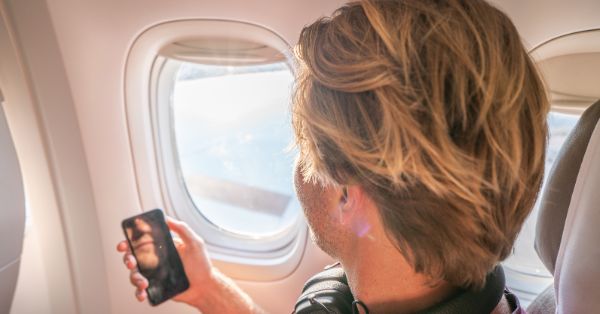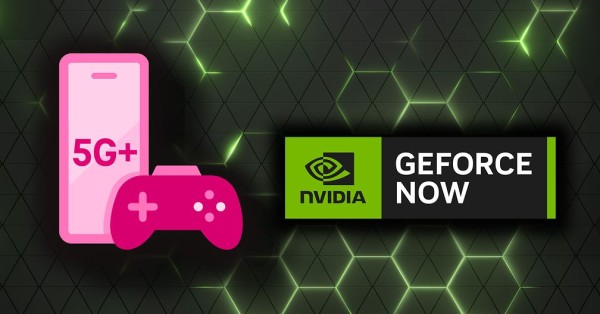Pioneering the Future of Satellite Communication
The European Space Agency (ESA), in collaboration with Telesat and Amarisoft, has achieved a significant milestone in satellite communications. Together, they successfully demonstrated the world’s first 3GPP Non-Terrestrial Network (NTN) link over Low Earth Orbit (LEO), connecting the ESTEC 5G Laboratory to Telesat’s LEO 3 satellite. This breakthrough highlights the operational viability of the 5G NTN standard, a game-changing development in satellite communications.
How the World-First 5G NTN Link Was Achieved
The achievement stems from a Memorandum of Understanding between ESA and Telesat signed earlier this year. Using the Amarisoft 5G protocol stack, compliant with 3GPP Release 17 NTN specifications, the team established a stable and bi-directional link between the ground-based 5G New Radio (NR) User Equipment (UE) and the satellite. Key highlights of the demonstration include:
- Seamless satellite pass: Connectivity was maintained from a 10° elevation up to 80°, concluding at 30° to avoid interference with the GEO arc.
- Advanced modulation and coding: Adaptive modulation schemes, including QPSK and 64-QAM, achieved peak spectral efficiency of 3 bits/s/Hz in both uplink and downlink.
- HARQ processes: 32 Hybrid Automatic Repeat Request (HARQ) processes maximized throughput.
- Doppler compensation: Accurate frequency correction and uplink timing were enabled using SIB19 information, including satellite ephemeris data.
This achievement demonstrates the feasibility of integrating satellite and terrestrial networks into a unified ecosystem, paving the way for direct-to-device connectivity without requiring specialized satellite hardware.
Why This Milestone Matters
The adoption of open 3GPP standards marks a shift from proprietary satellite communication systems to interoperable, flexible ecosystems. This transition offers several advantages:
- Elimination of vendor lock-in: Open standards promote competition and innovation, reducing dependency on single vendors.
- Enhanced interoperability: Seamless integration of satellite and terrestrial systems enables global connectivity.
- Cost-effective terminals: Consumers can access services using standard devices without investing in expensive, dedicated satellite equipment.
This convergence of terrestrial and satellite networks is poised to transform industries, including agriculture, disaster management, and emergency response, while also enabling widespread access to broadband in remote and underserved areas.
Leadership Perspectives on the Achievement
Antonio Franchi, Head of ESA’s 5G/6G Non-Terrestrial Network Programme Office, emphasized the broader implications: “This test is not just about technological capability, but about creating an open, collaborative ecosystem that will accelerate innovation and bring advanced communication solutions to people around the world.”
Telesat’s Director of Spectrum Strategy, Mario Neri, highlighted the innovation’s importance: “This activity allowed testing the recently standardized 5G NTN technology in a real-world scenario, using the Ka-band spectrum over our LEO 3 satellite. It’s a clear demonstration of Telesat’s commitment to exploring technologies that improve life on Earth.”
Fabrizio De Paolis, ESA’s 5G/6G Implementation Manager, underscored the expertise involved: “This cross-directorate activity showcases Europe’s capability to lead in developing and delivering innovative NTN technologies. We’re incredibly proud of this achievement and look forward to realizing its societal and commercial benefits.”
A Step Toward the Future of Communication
This success builds on the 3GPP Release 17 specifications, approved two years ago, which laid the groundwork for integrating NTN capabilities into the global 5G standard. The demonstration not only validates the technical readiness of 5G NTN but also highlights its potential for:
- Supporting European connectivity initiatives: The ESA team noted that this success aligns with the forthcoming IRIS2 project by the European Commission, which aims to develop advanced satellite broadband networks.
- Bridging the digital divide: By leveraging LEO satellites, this technology can provide reliable broadband access to rural and underserved areas worldwide.
- Enabling next-generation services: Direct-to-device connectivity will unlock new possibilities for IoT applications, remote work, and emergency communication systems.
Looking Ahead: Transforming Satellite Communication
The ESA-Telesat-Amarisoft collaboration demonstrates Europe’s leadership in satellite and 5G convergence. Alberto Ginesi, Head of ESA’s Telecom Systems and Techniques Section, praised the dedication of the technical team: “This world-first experiment is a testament to technical excellence and the motivation of ESA personnel. It showcases our ability to advance broadband satellite access technologies in collaboration with industry partners.”
Marouan Benabdellah-Chaouni, Senior Vice President at Amarisoft, added: “Our team has once again pushed the boundaries of innovation. By delivering advanced 3GPP features through fully software-based technology, we have proven the versatility of our approach in collaboration with ESA and Telesat.”
Conclusion: A Path to Seamless Connectivity
This world-first demonstration is a milestone in the evolution of satellite communications. By integrating open 5G NTN standards with advanced LEO satellite technology, ESA, Telesat, and Amarisoft have laid the groundwork for a future where terrestrial and satellite networks converge seamlessly. The societal and commercial potential of this innovation is immense, offering transformative solutions to connect the unconnected, empower industries, and drive global innovation. For more details, visit ESA’s Space for 5G/6G Program.






























